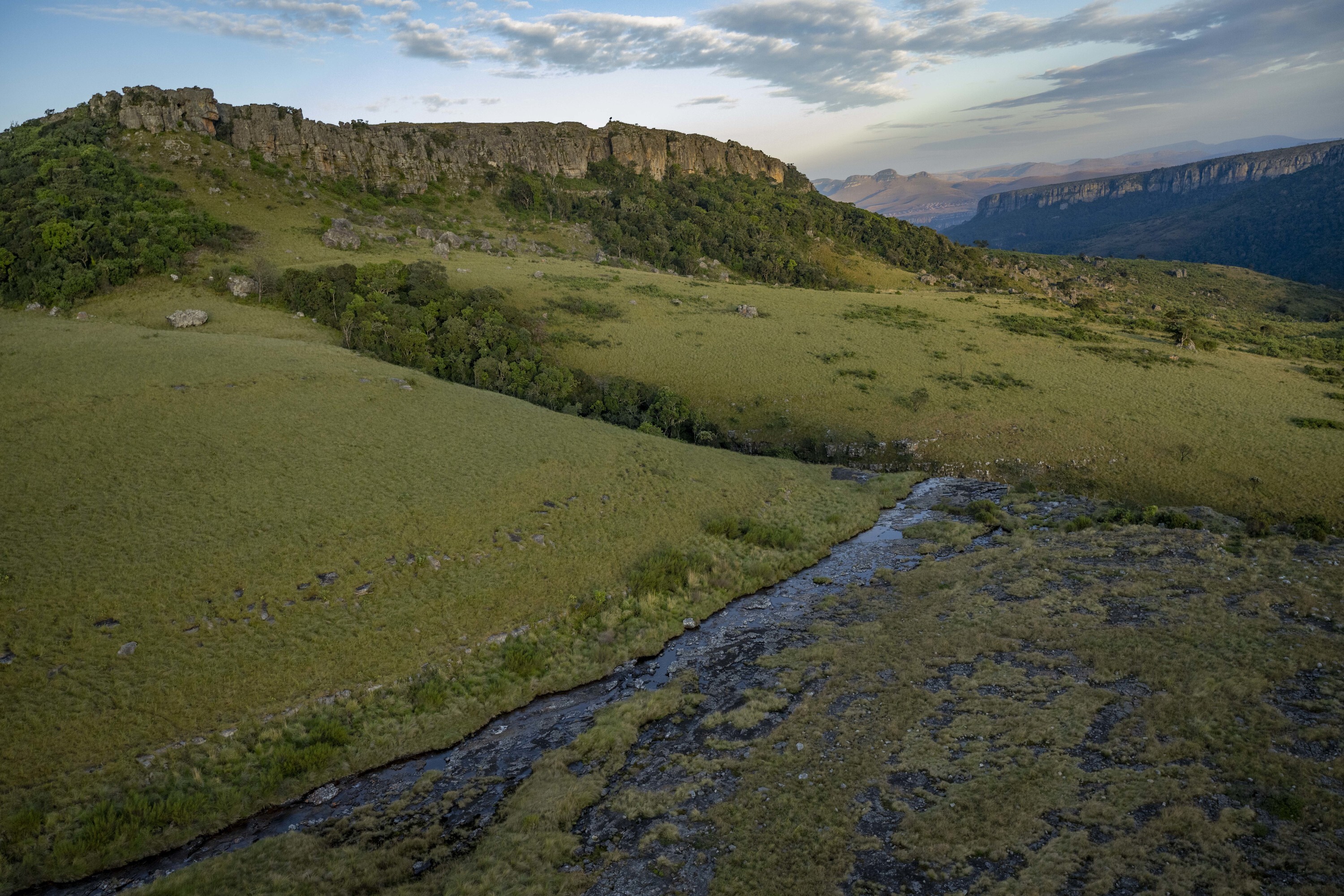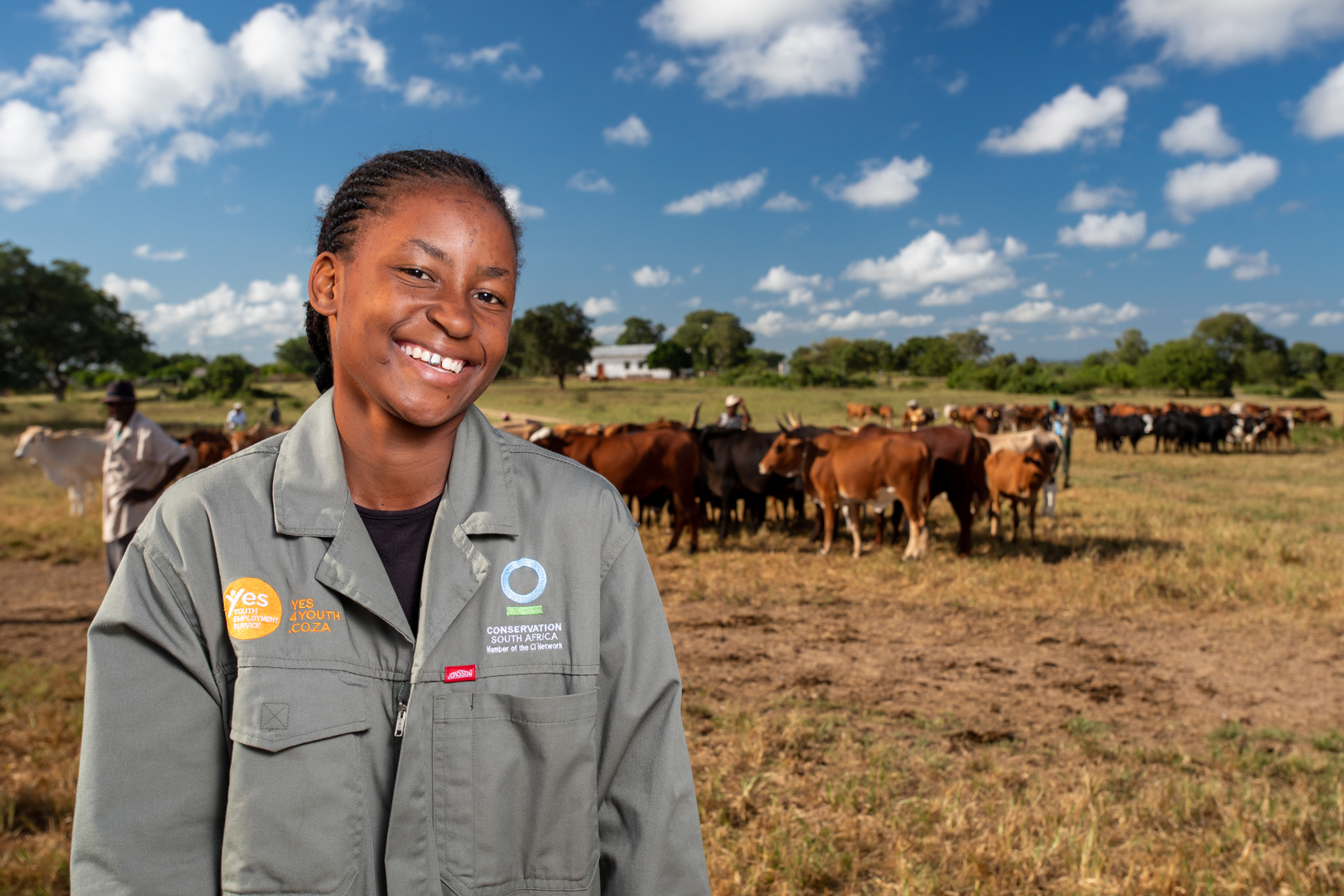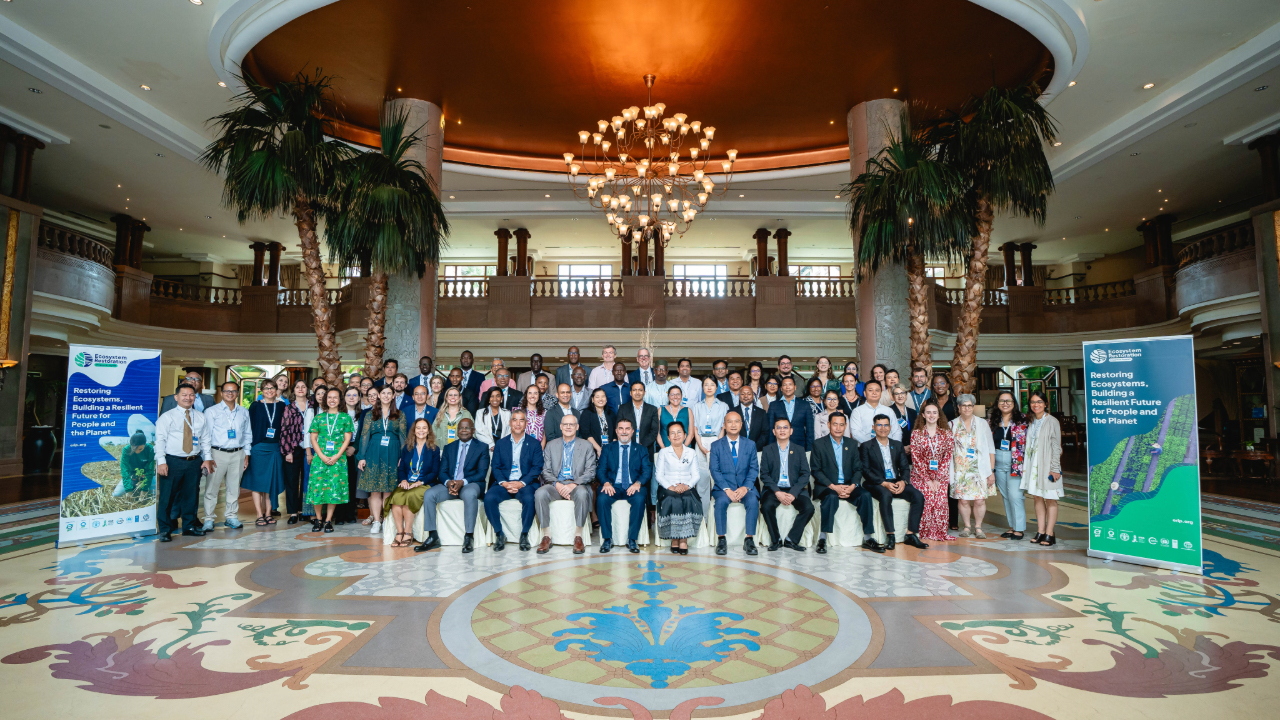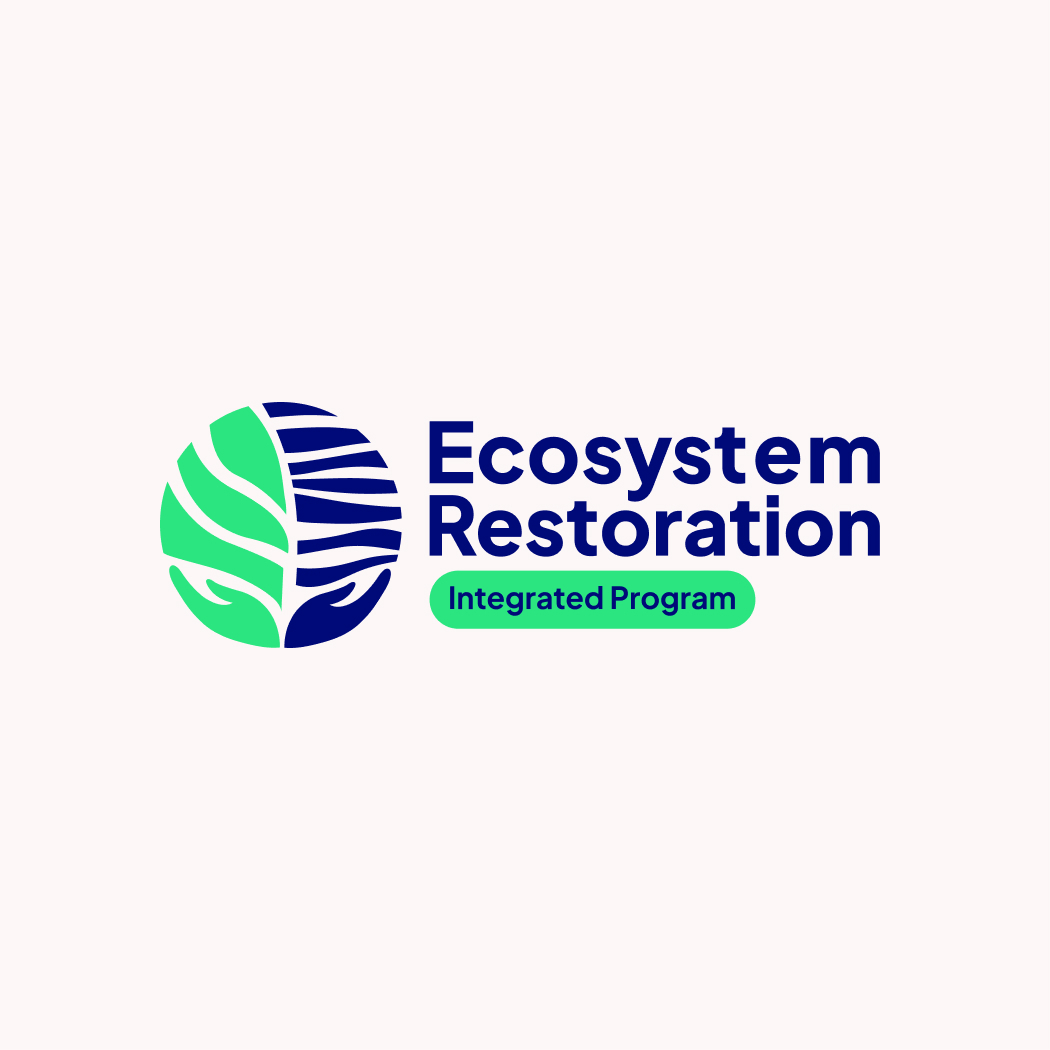South Africa
South Africa’s peatlands are under pressure. These ecosystems play a key role in carbon storage and water regulation, while also supporting biodiversity and providing essential services to surrounding communities. They are currently facing serious threats, including degradation and increasing water-related conflicts.












